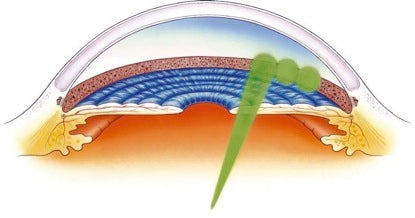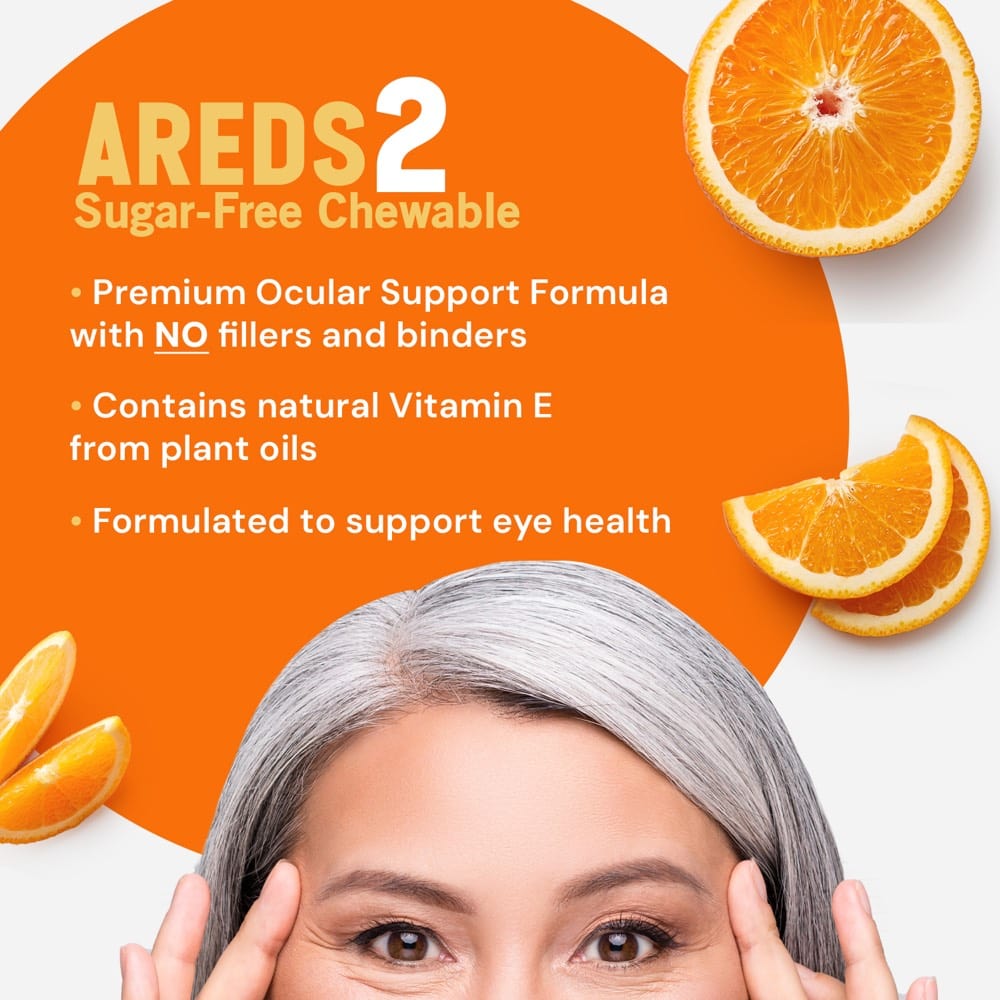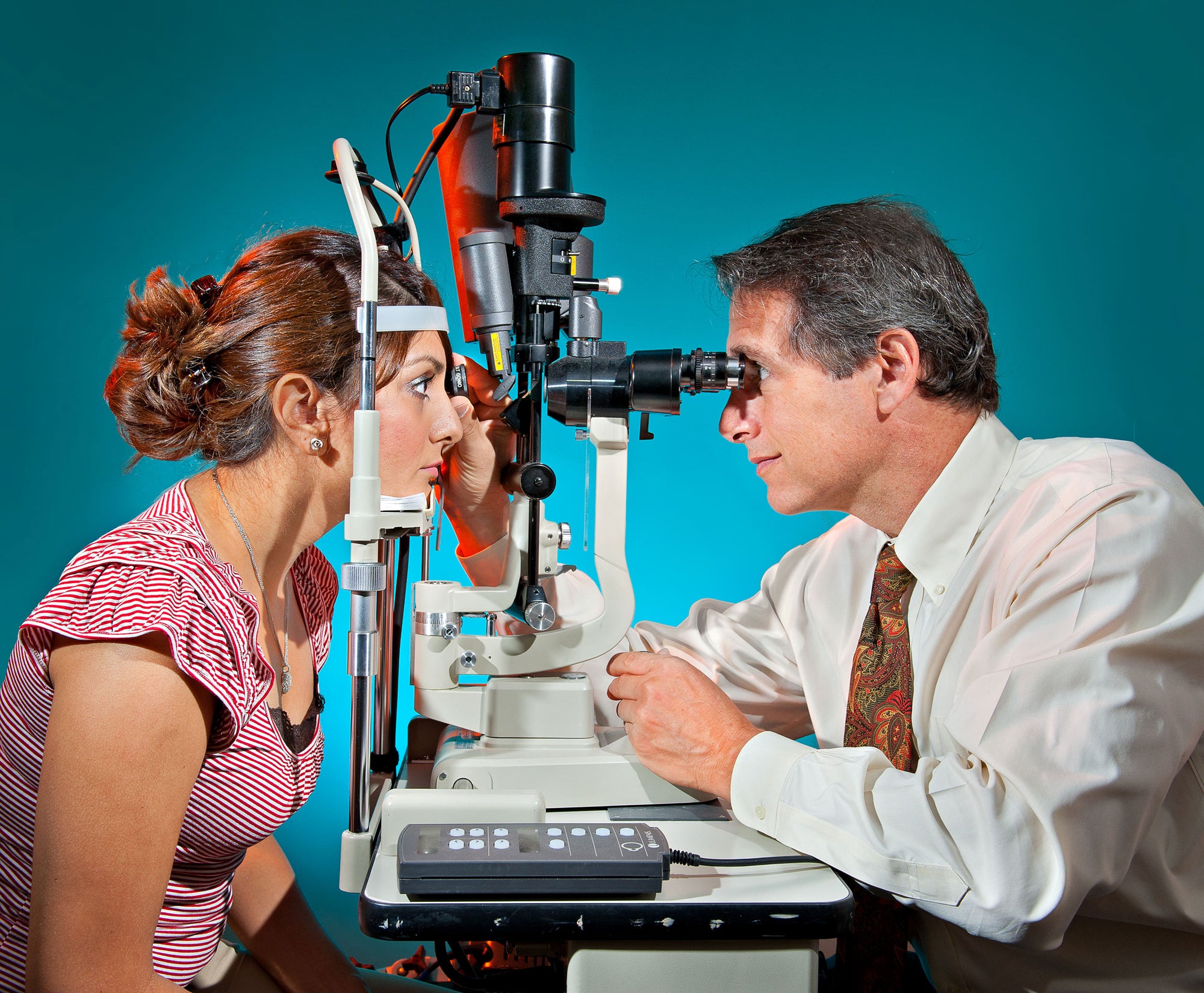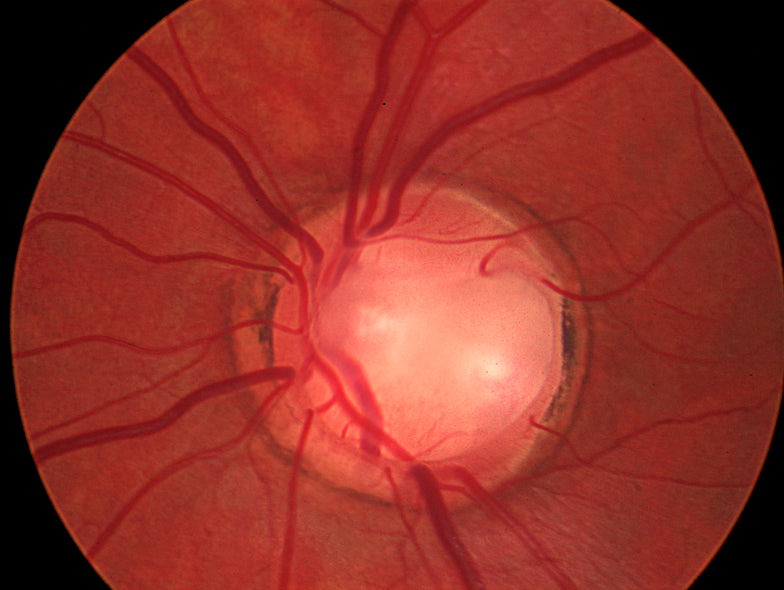Although glaucoma is a single word, there are actually many different types of glaucoma, including primary open angle glaucoma, pseudoexfoliative glaucoma, pigmentary glaucoma, narrow angle glaucoma, and many others. Previously thought to induce vision damage just by increased pressure inside the eyeball, Glaucoma is now understood to involve more factors, including the blood's circulation to the optic nerve, and the strength of the supporting tissues around the optic nerve.
 Measurement of eye pressure using anesthetic eyedrops and a Goldmann tonometer
Measurement of eye pressure using anesthetic eyedrops and a Goldmann tonometer
Treatment of glaucoma involves lowering the intraocular eye pressure, in most cases, to prevent damage to the optic nerve which would otherwise result in peripheral vision loss. This vision loss that occurs is both irreversible and painless, which makes the diagnosis of glaucoma very important. And the only way in which this can be done is with regular visits to your eye doctor.
There is no absolute best way to treat glaucoma. Instead, the proper treatment of glaucoma involves assessing what works best and is easiest for the patient, combined with what is most effective to get the eye to a healthy pressure level.
While most people without Glaucoma have pressures between 10 and 21, that does not mean that pressures within that range are low enough to prevent damage.
Sometimes, the supporting structures around the optic nerve are very weak, and pressures have to be lowered to nearly 10 to prevent further damage. In other cases, the supporting structures are very robust, and eye pressures do not cause damage even in the low 20s.
Glaucoma Treatment Types
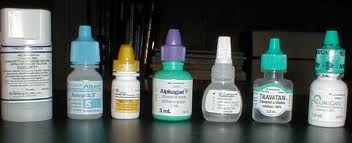
CoolLaser

CoolLaser, also known as Selective Laser Trabeculoplasty or SLT, is an in-office procedure in which an invisible light beam is applied to the drain of the eye, known as the trabecular meshwork. Because it does not burn tissue, the laser can be repeated on an as needed basis. Most insurances cover Laser, and it effectively lowers brush are in approximately 80% of patients. Because it does not cut Or burn ocular tissue, it is very well-tolerated. Cool Laser has the benefit of being considered a medically necessary procedure by Medicare and other insurance companies
Laser iridotomy
Laser iridotomy is a quick and painless procedure that is specifically designed to treat narrow or closed angle forms of glaucoma. In many patients, the procedure takes seconds, and Patients can drive themselves home approximately 15 minutes after it is complete. Laser iridotomy successfully deepens the angle of the yard, which may be narrow and some patients, instantaneously. In many cases, this also effectively treats elevated I pressure. Narrow or closed angle glaucoma is diagnosed with a gonioscopic mirror.
Trabeculectomy
Trabeculectomy is a cutting procedure that creates a flap of white tissue within the opening, that diverts internal fluid of the day to a safe space outside of the. Ocular fluid does not drain onto the cheek. Rather, it is observed by the capillaries surrounding the eye. Trabeculectomy is often combined with the drug, my don't my son, to prevent the space holding the fluid from scarring closed.
Trabectome
Trabectome is an operating room procedure in which a cleft is made with And electronic instrument through a portion of the trabecular meshwork or Drena beyond, to enable better outflow of fluid. It has the benefit of not touching any of the white tissue of the eye.
iStent
iStent uses a tiny snorkel valve that is placed in the trabecular meshwork and creates an artificial channel for fluid inside the eye to drain fluid out of the eye more effectively. It is usually done at the same time as cataract surgery, in a combined procedure.
Glaucoma Shunt
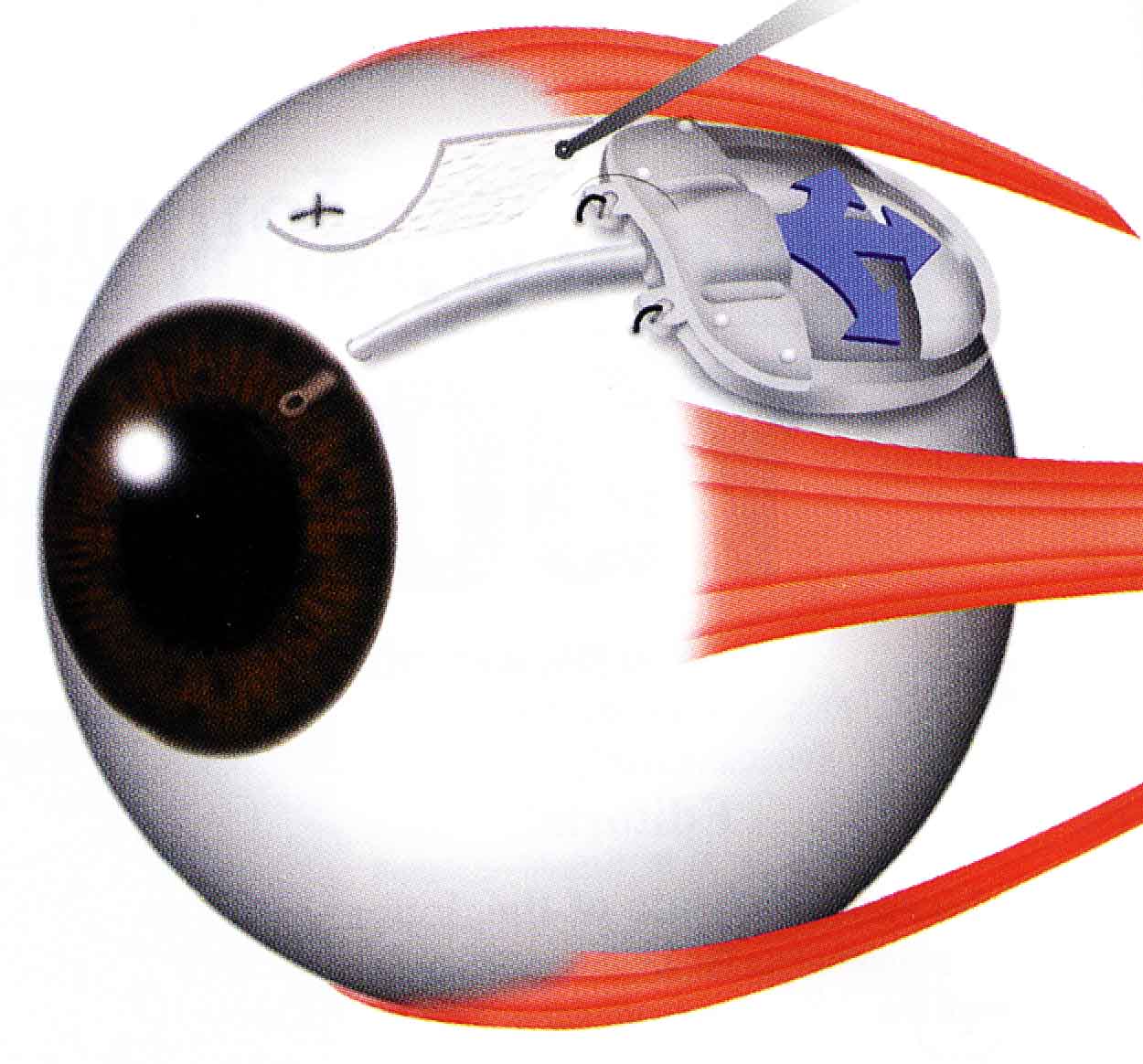
Glaucoma shunts are often made of solid, biologically inert silicone. They are placed underneath the surface tissue of the eye with a portion of the valve actually entering the eye. In this way, they transport fluid from inside the eye and divert it behind the eye. Doctors who put in glaucoma shunts are almost always fellowship trained in Glaucoma management.
Dr. Paul Krawitz has been fellowship trained in Complex Glaucoma Management at Mount Sinai Medical Center, New York, and teaches Glaucoma at Columbia-Presbyterian Medical Center in New York.

